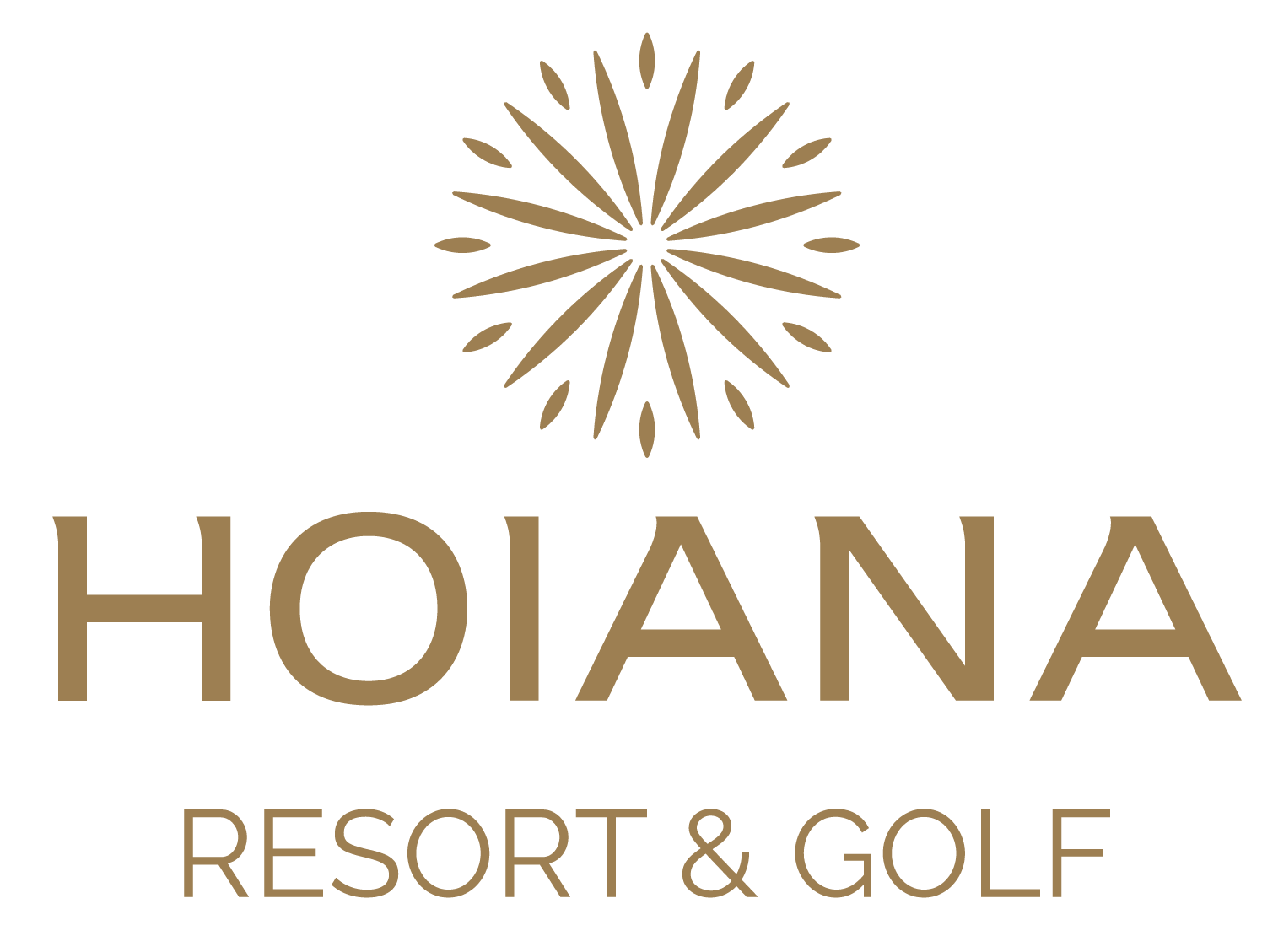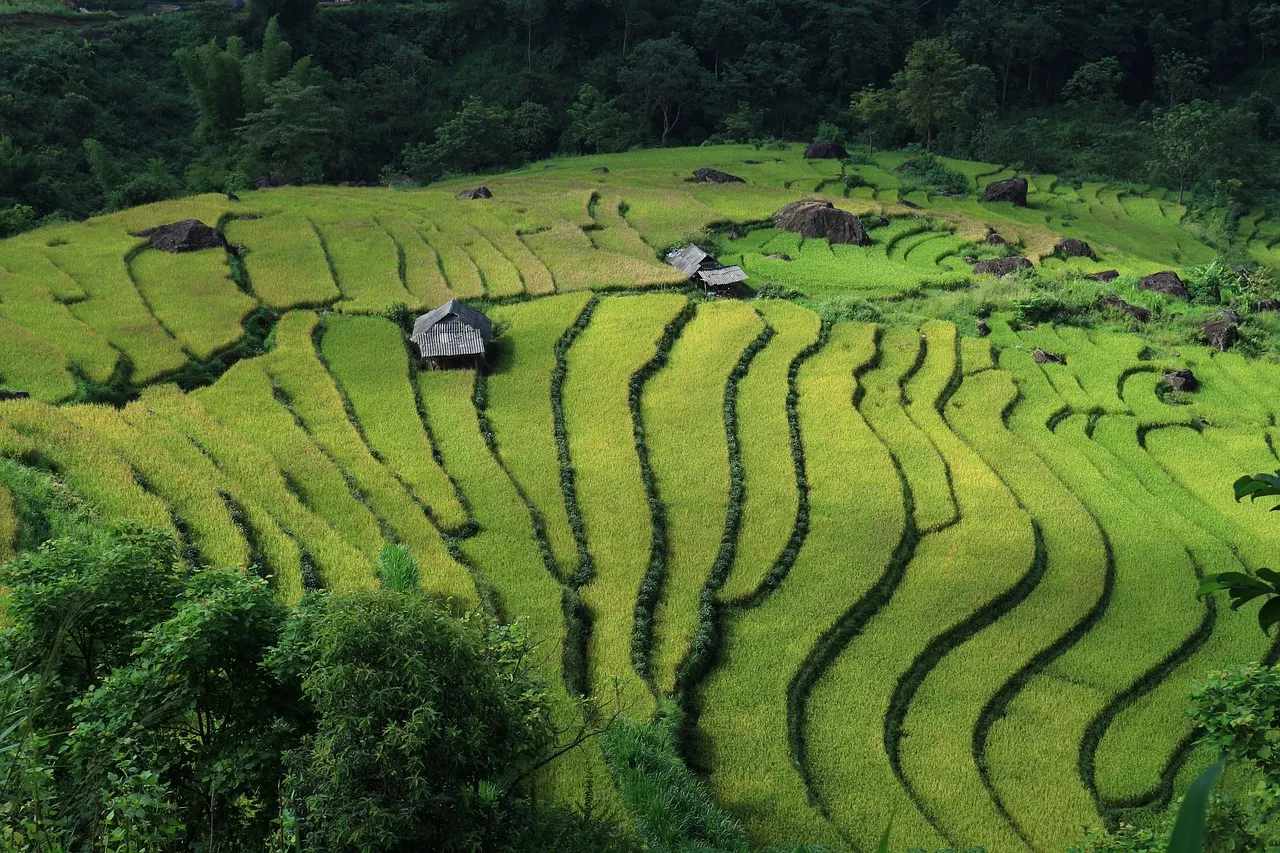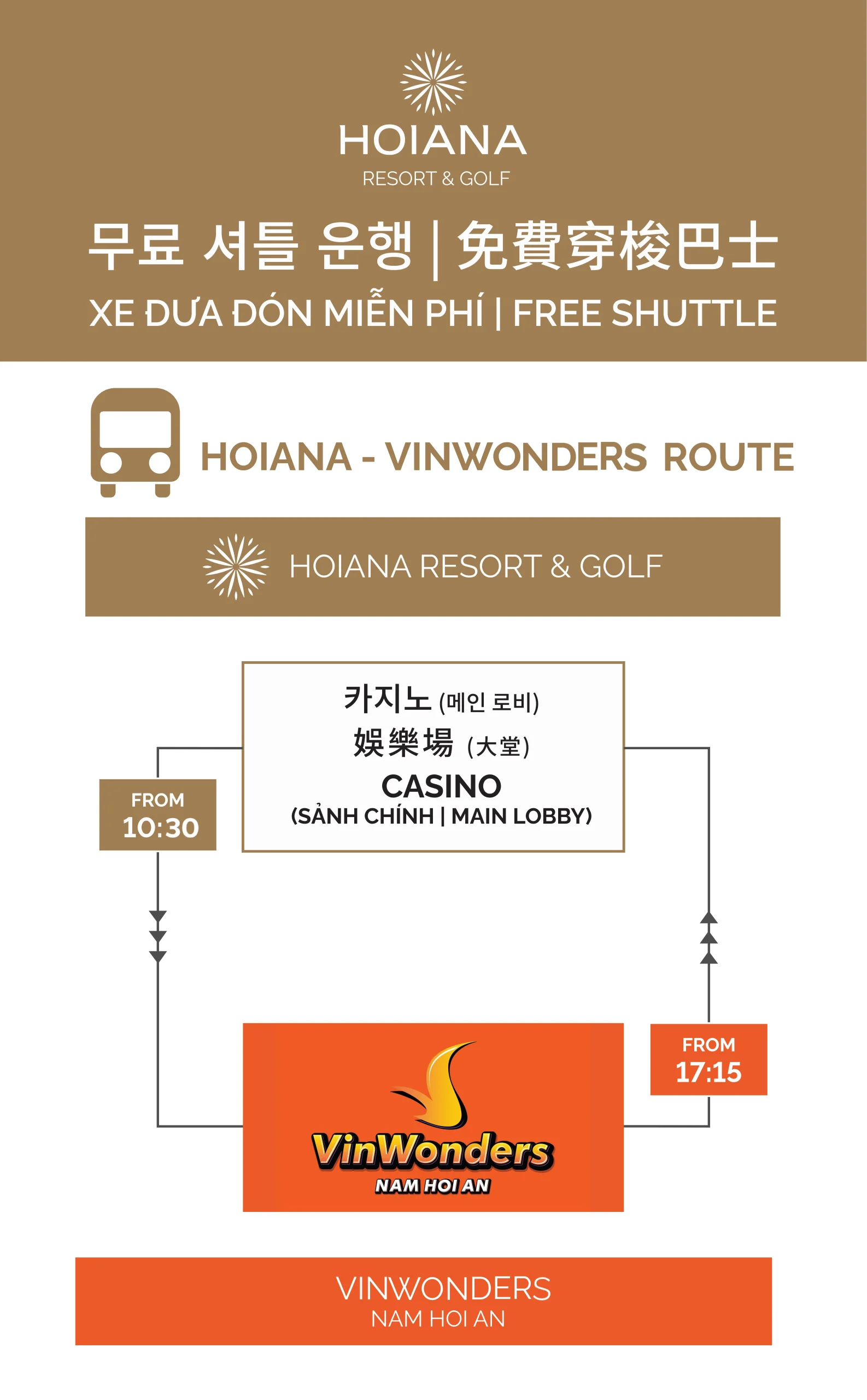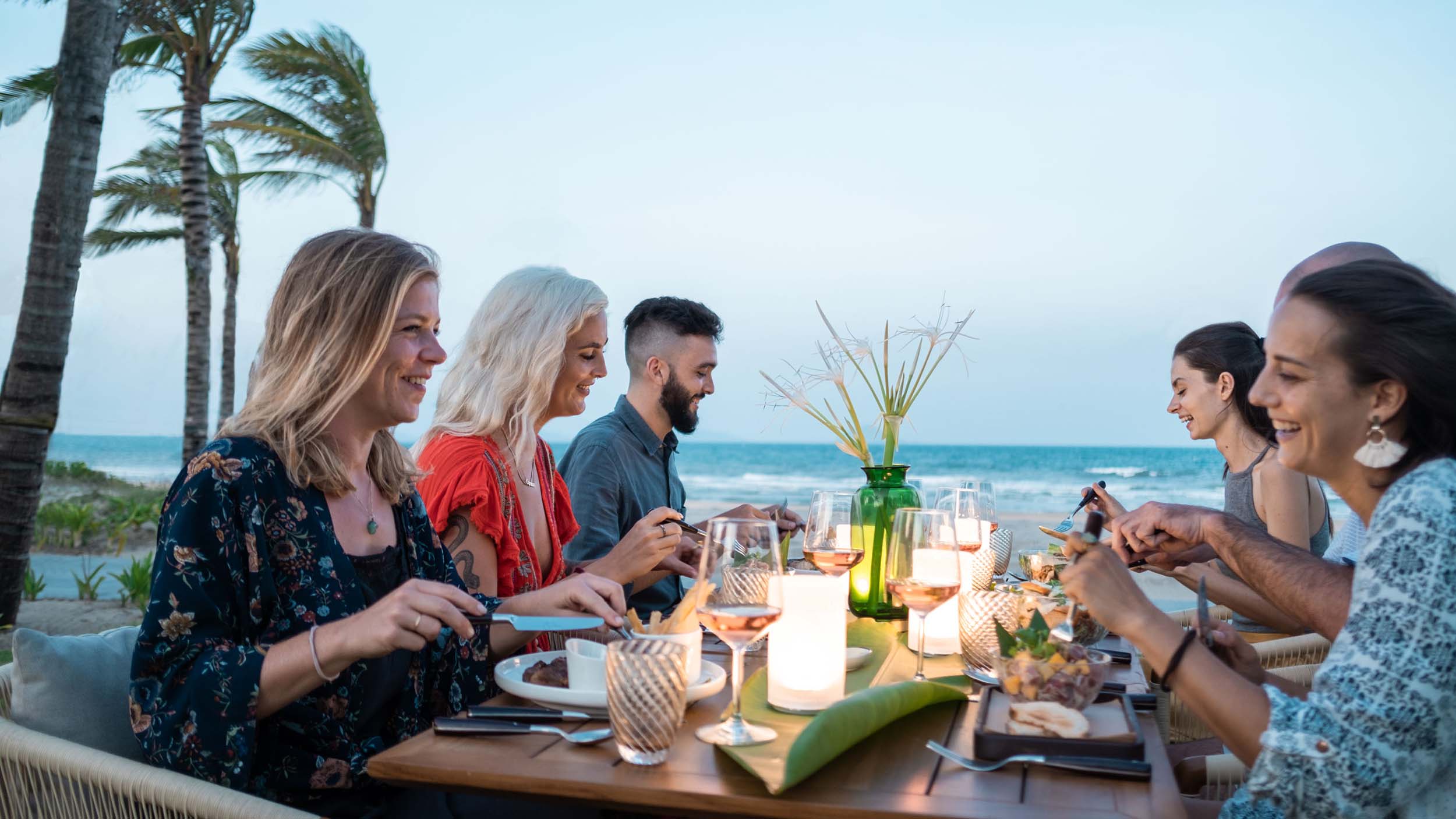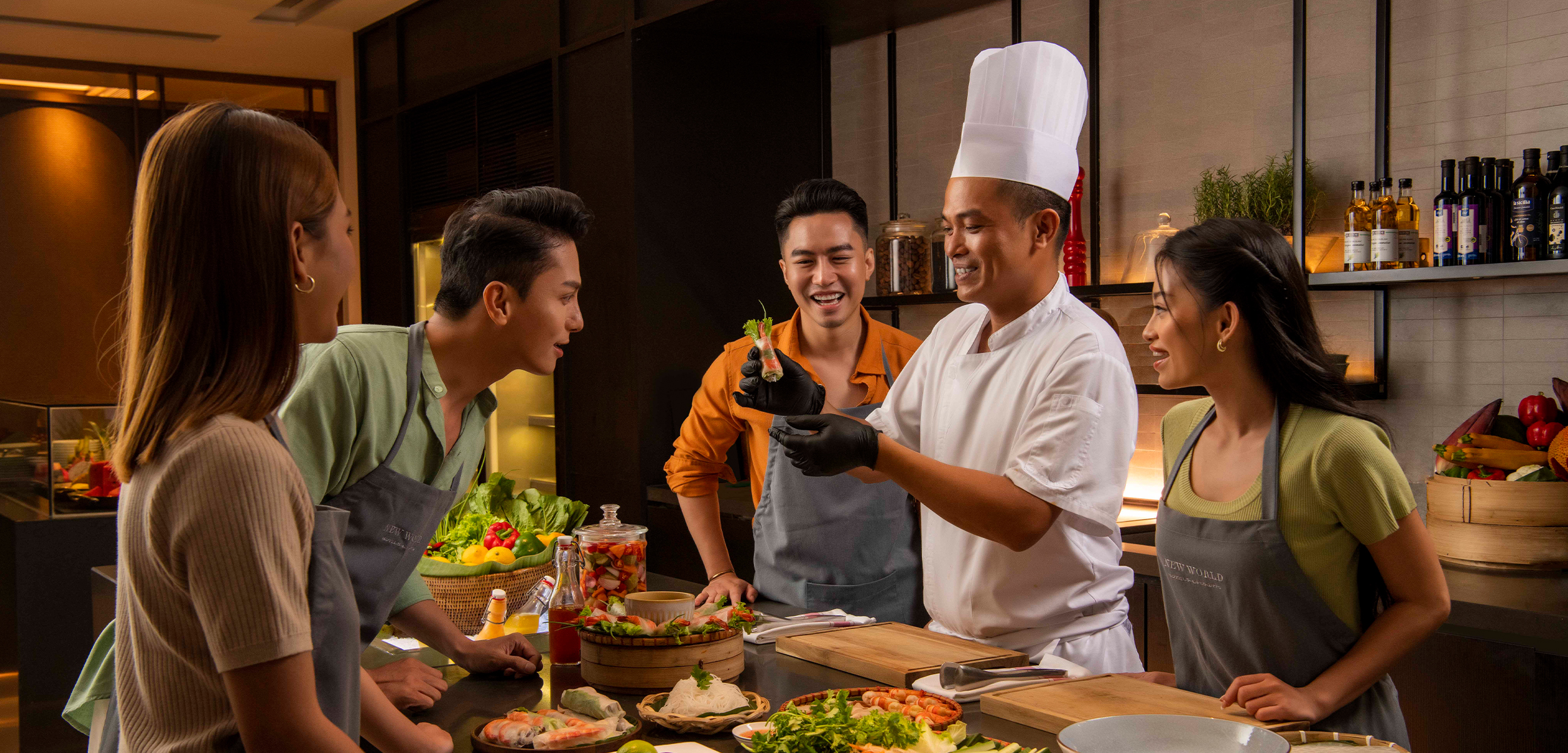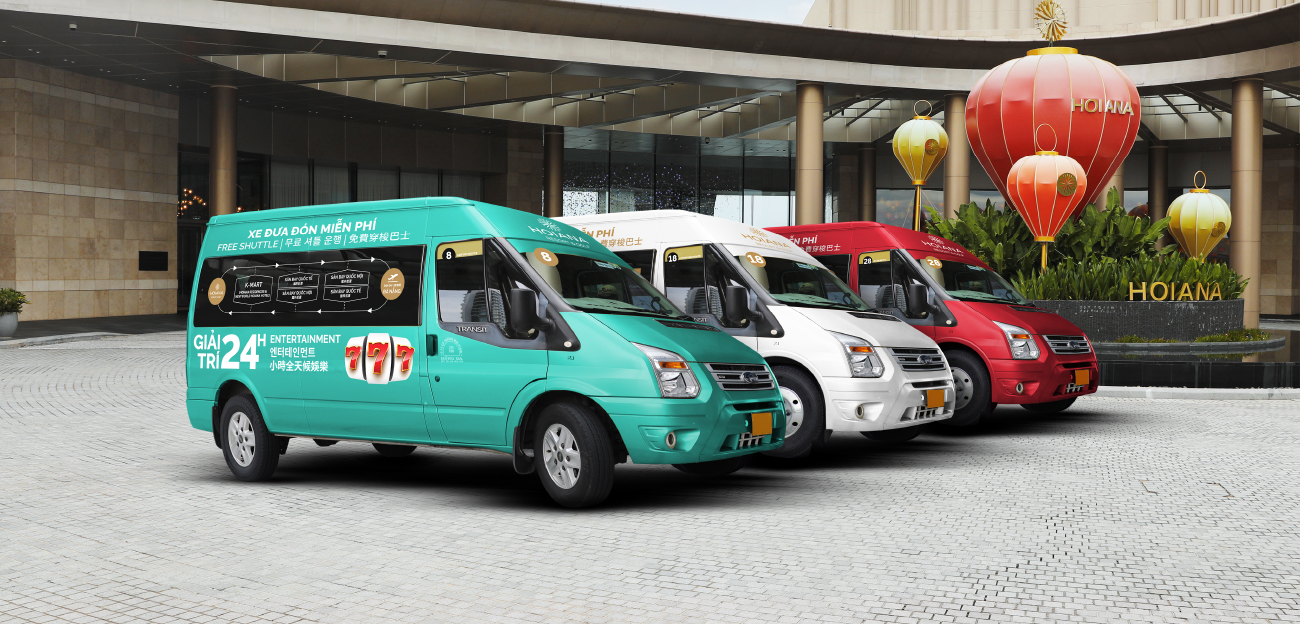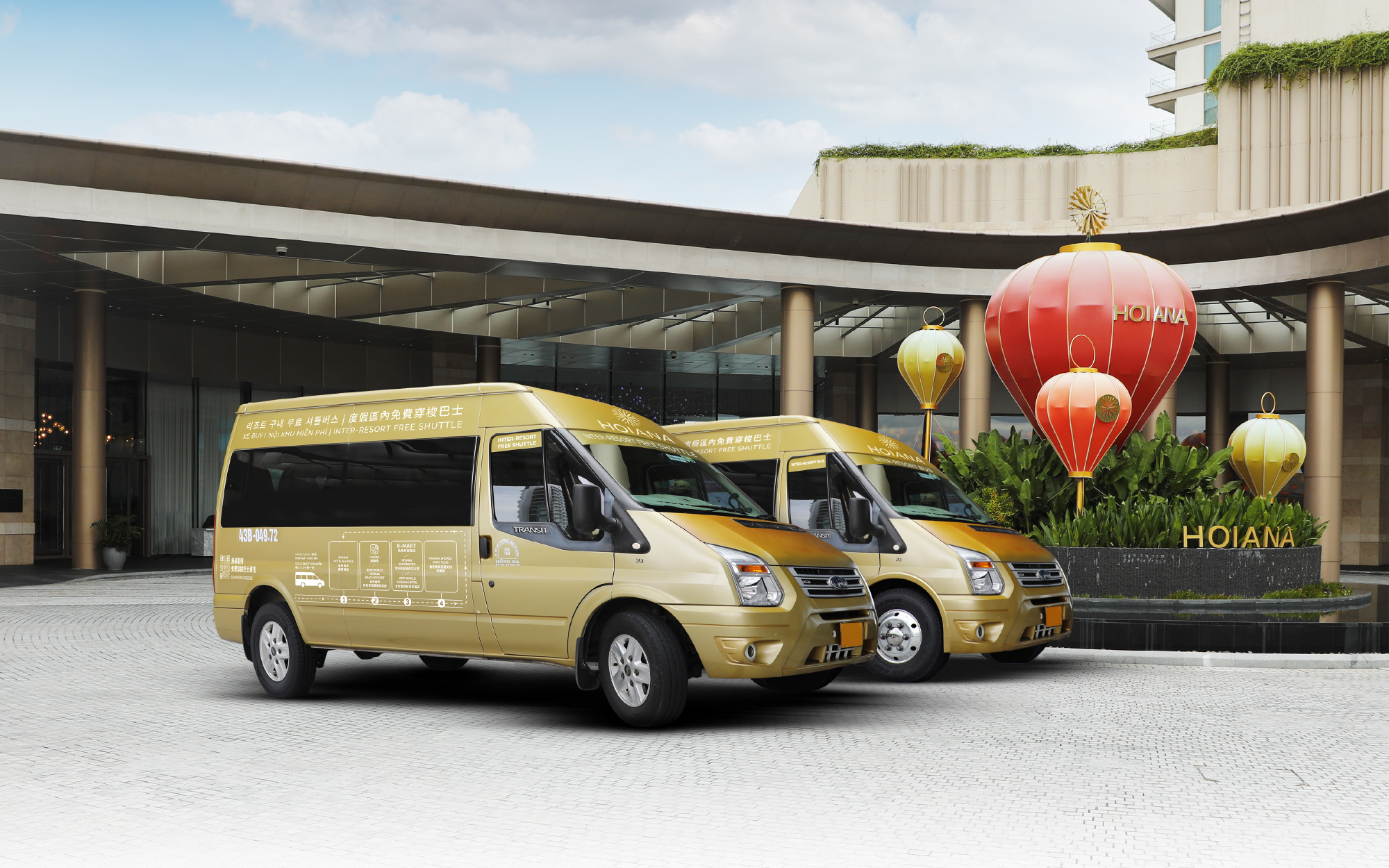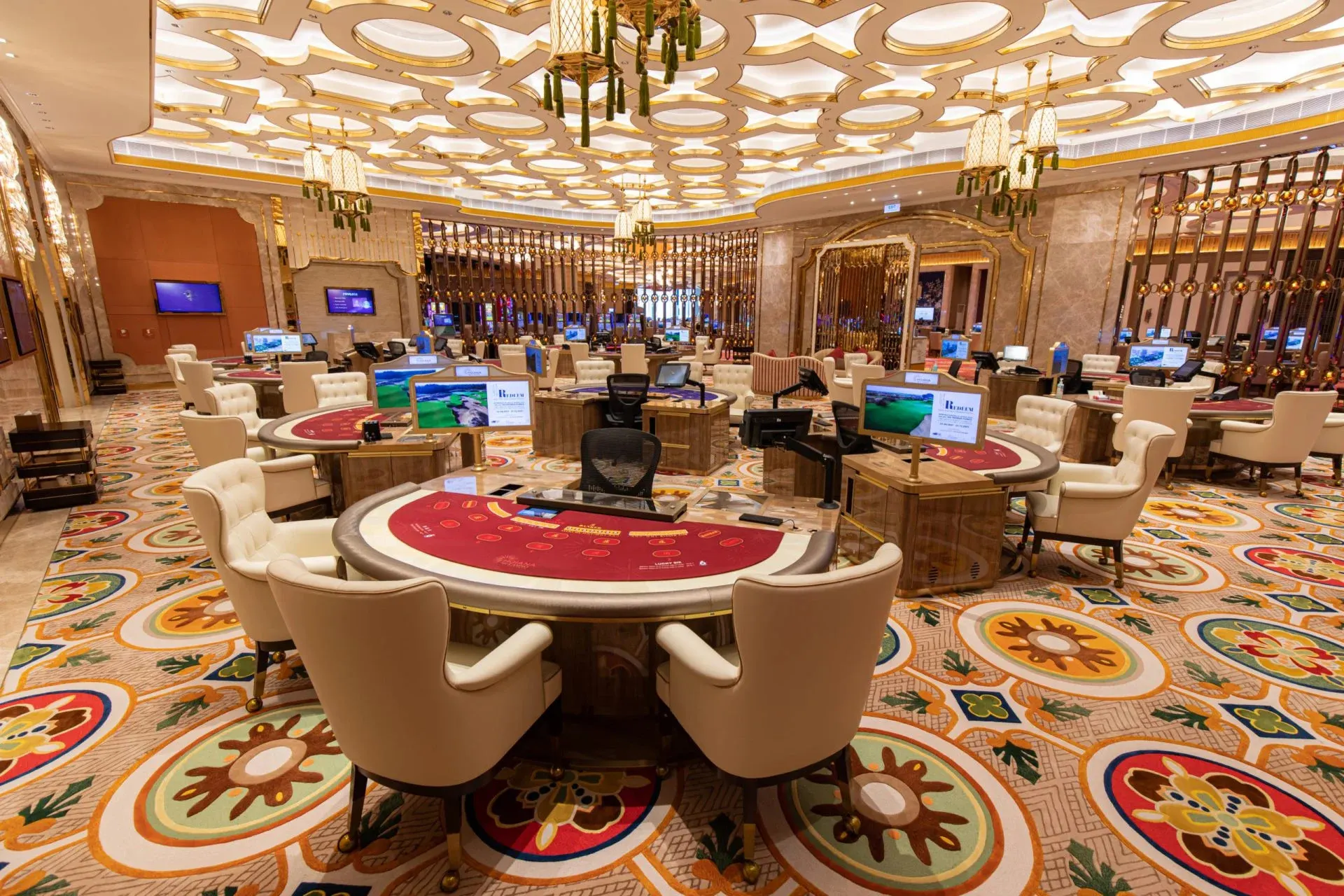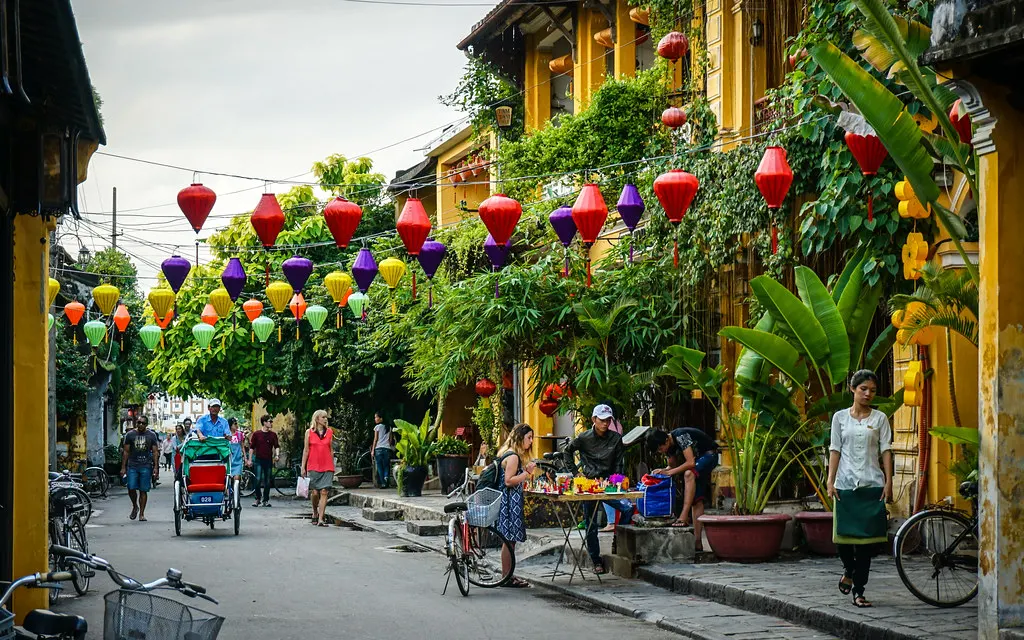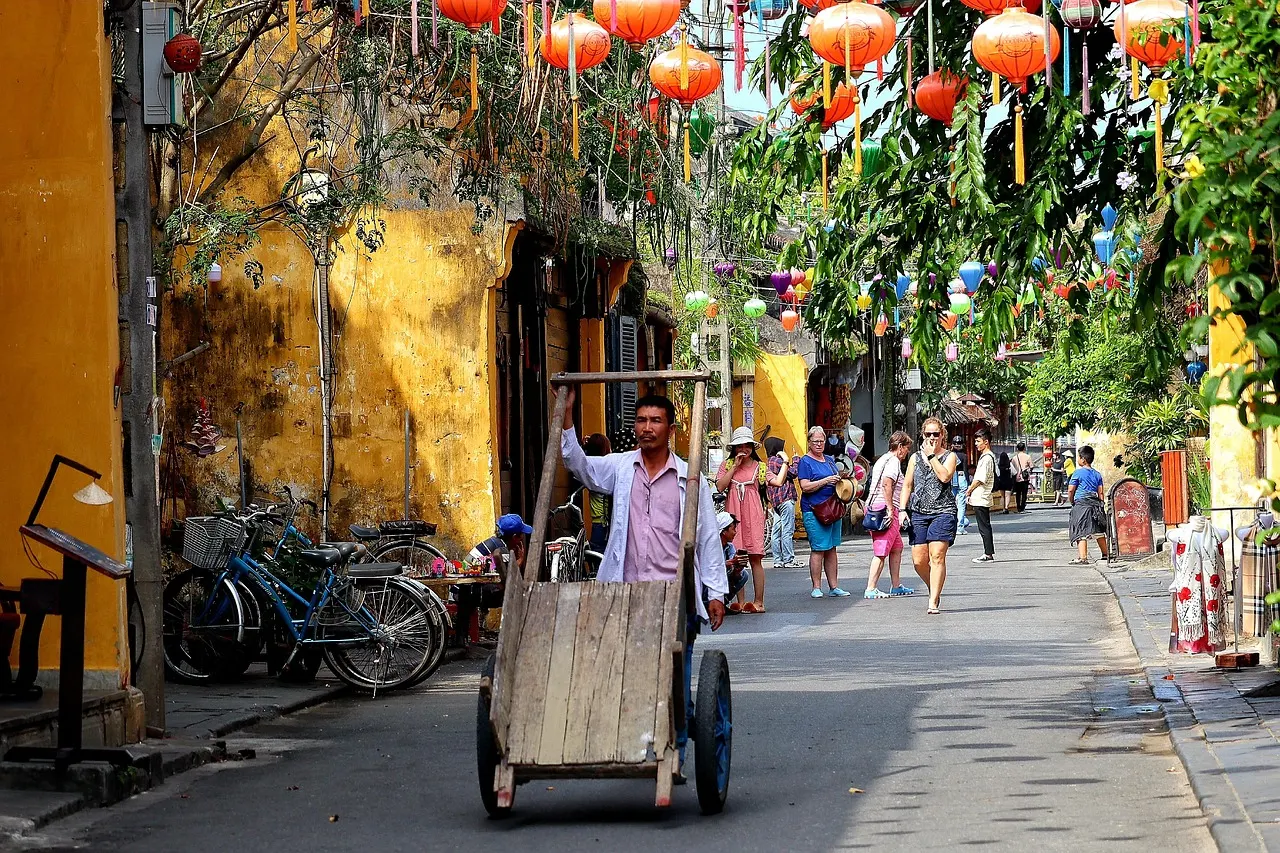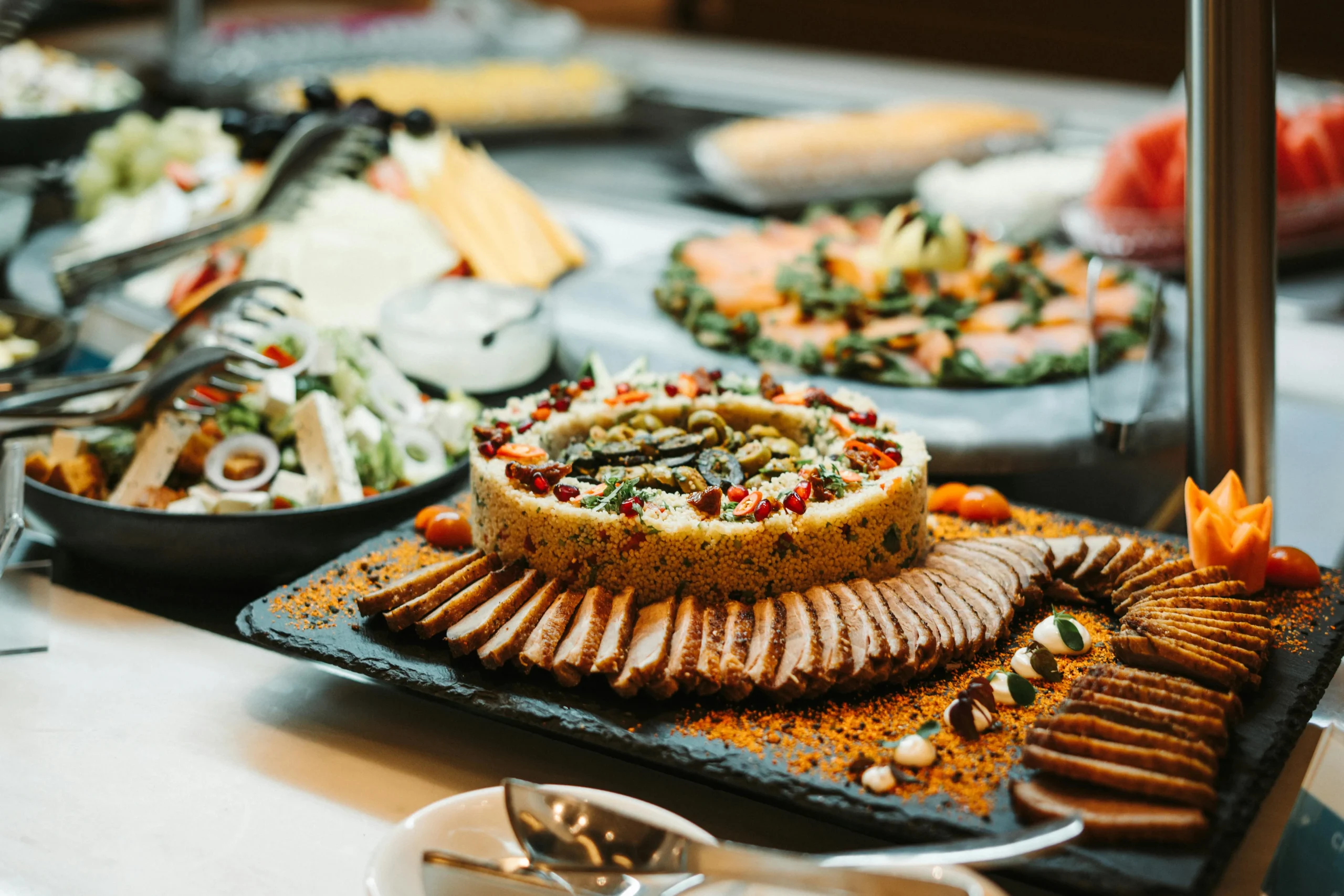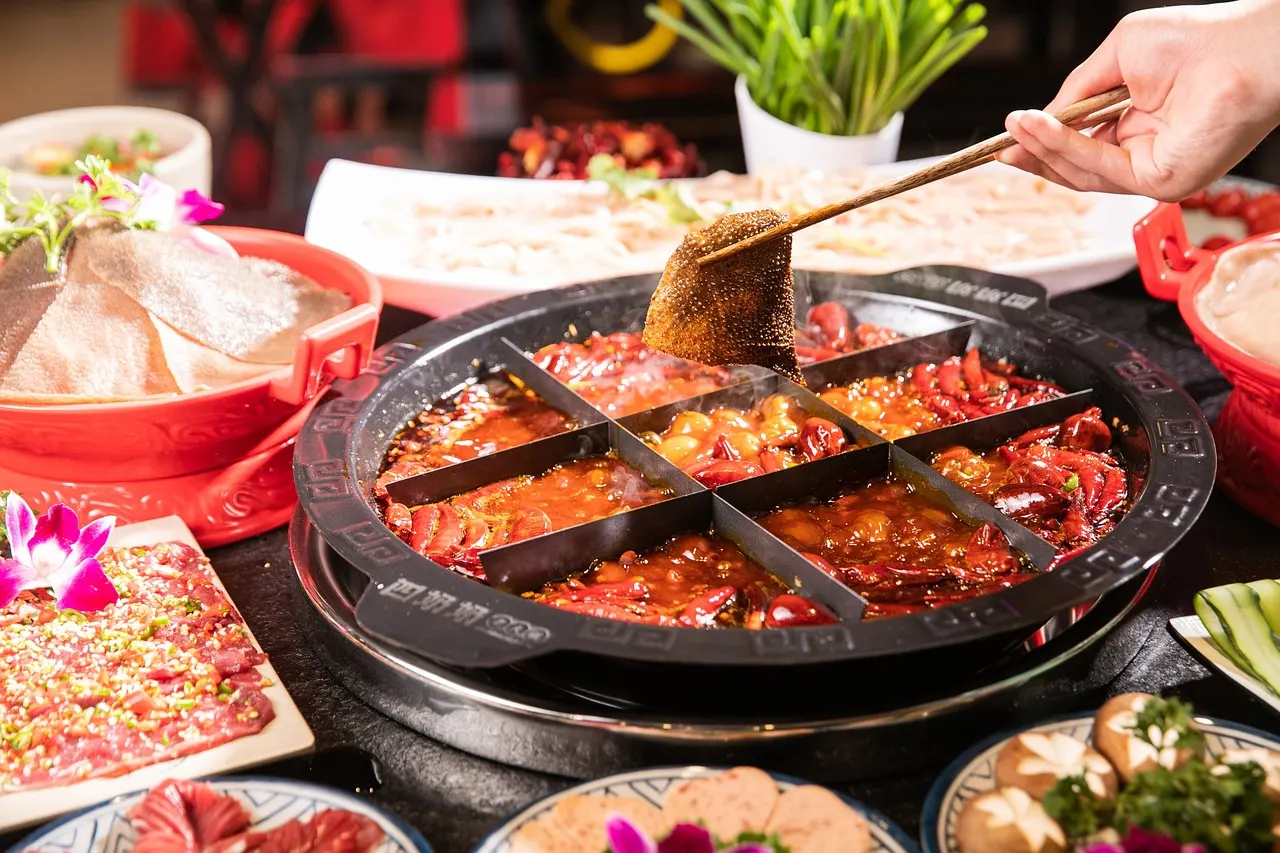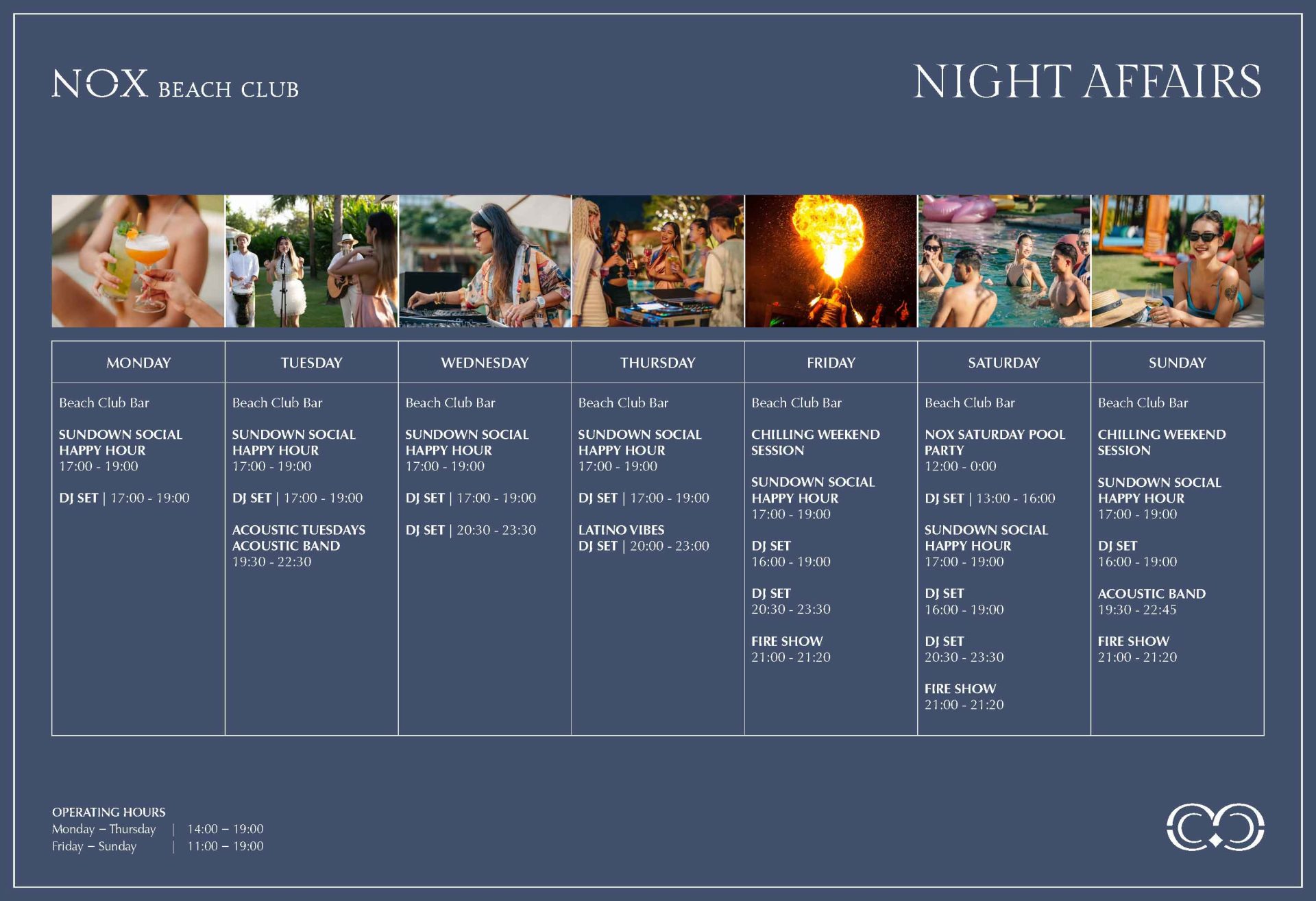Vietnam, a country of breathtaking landscapes and rich cultural heritage, offers travelers a tapestry of stunning destinations to explore. From the mist-shrouded mountains of the north to the sun-drenched beaches of the south, the most beautiful places in Vietnam captivate visitors with their diverse beauty and unique charm. In this guide, we’ll take you on a journey through ten of the country’s most beautiful places in Vietnam, each offering its slice of paradise and unforgettable experiences.
1. Ha Long Bay: A Seascape of Wonders

Ha Long Bay, a UNESCO World Heritage Site, is often the first image that comes to mind when thinking of Vietnam’s natural wonders. This ethereal seascape of limestone karsts and islets rising from emerald waters is a must-see for any traveler.
Cruising Through Paradise
The best way to experience Ha Long Bay is by taking an overnight cruise. As you sail through the bay, you’ll witness the changing colors of the sky and water, creating a mesmerizing spectacle. Many cruises offer kayaking excursions, allowing you to explore hidden lagoons and caves up close.
Exploring Sung Sot Cave
One of the bay’s highlights is Sung Sot Cave, also known as Surprise Cave. This massive cavern system features impressive stalactites and stalagmites, along with carefully placed lighting that adds to its otherworldly atmosphere.
Insider Tip
For a less crowded experience, consider visiting Bai Tu Long Bay, Ha Long’s quieter neighbor, which offers similar stunning scenery with fewer tourists.
2. Sapa: Terraced Beauty in the Highlands

In the mountainous northwest of Vietnam, Sapa captivates visitors with its sweeping vistas of terraced rice fields and the chance to experience the unique cultures of ethnic minority groups.
Trekking Through Rice Paddies
The emerald-green rice terraces of Sapa are a photographer’s dream, especially during the planting season (May-June) when the fields are flooded with water, creating mirror-like surfaces. Trekking through these landscapes offers not only stunning views but also opportunities to interact with local communities.
Experiencing Local Culture
Sapa is home to several ethnic minority groups, including the Hmong, Red Dao, and Tay. Visiting local villages and markets provides insight into their traditional ways of life, colorful costumes, and unique customs.
Don’t Miss
Take the cable car to the summit of Fansipan, the highest peak in Indochina, for panoramic views of the surrounding mountains and valleys.
3. Hoi An: A Living Museum of Vietnamese History
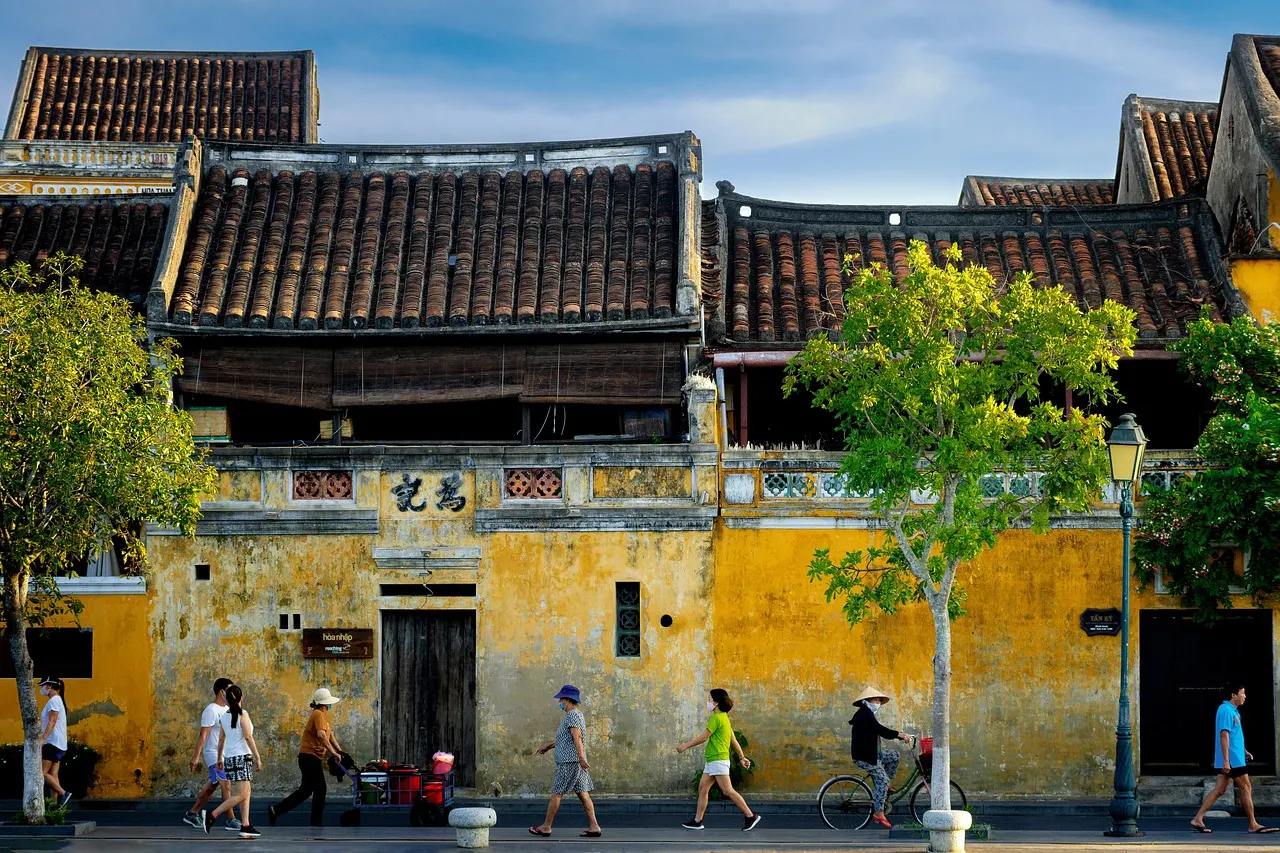
Hoi An, a well-preserved ancient town on Vietnam’s central coast, is a magical blend of history, culture, and natural beauty. Its picturesque streets lined with yellow-hued buildings and colorful lanterns create an atmosphere that feels frozen in time.
Wandering Through Old Town
The heart of Hoi An is its Old Town, a UNESCO World Heritage Site. Stroll along its narrow streets to admire the mix of Vietnamese, Chinese, and Japanese architectural influences. Don’t miss iconic spots like the Japanese Covered Bridge and the assembly halls of Chinese congregations.
Lantern-Lit Nights
As night falls, Hoi An transforms into a fairytale-like setting with thousands of colorful lanterns illuminating the streets and floating on the Thu Bon River. Taking a boat ride during this time is a magical experience that shouldn’t be missed.
Local Experience
Join a cooking class to learn the art of Vietnamese cuisine, often starting with a visit to the local market to select fresh ingredients.
4. Mekong Delta: The Lifeblood of Southern Vietnam

The Mekong Delta, often called Vietnam’s “rice bowl,” is a vast maze of rivers, swamps, and islands teeming with floating markets, lush orchards, and vibrant rural life.
Exploring Floating Markets
One of the delta’s unique attractions is its floating markets. The largest and most famous is Cai Rang near Can Tho. Here, boats laden with fruits, vegetables, and other goods create a colorful and bustling scene on the water.
Cycling Through Rural Villages
Renting a bicycle to explore the quiet back roads of the Mekong Delta offers a glimpse into traditional rural life. You’ll pass by fruit orchards, rice paddies, and friendly locals going about their daily routines.
Cultural Insight
Visit a local home to learn about traditional crafts like coconut candy making or rice paper production.
5. Phong Nha-Ke Bang National Park: Underground Marvels

For nature lovers and adventure seekers, Phong Nha-Ke Bang National Park is a paradise of caves, underground rivers, and lush forests. This UNESCO World Heritage Site is home to some of the world’s largest and most impressive cave systems.
Discovering Son Doong Cave
Son Doong Cave, the world’s largest cave, is a true wonder of nature. While access is limited and expensive, even seeing images or learning about this massive cavern with its own ecosystem is awe-inspiring.
Exploring Paradise Cave
For a more accessible but still breathtaking experience, Paradise Cave offers visitors a chance to walk through a wonderland of stalactites and stalagmites along well-lit wooden pathways.
Adventure Option
For the truly adventurous, consider a multi-day trekking and camping expedition into the park’s remote caves.
6. Phu Quoc Island: Tropical Paradise

Phu Quoc, Vietnam’s largest island, boasts pristine beaches, turquoise waters, and lush jungles, making it a perfect destination for those seeking both relaxation and adventure.
Beach Hopping
From the popular Long Beach to the secluded Bai Sao, Phu Quoc offers a variety of stunning beaches to suit every preference. Spend your days sunbathing, swimming, and watching spectacular sunsets.
Exploring Phu Quoc National Park
Covering over half of the island, Phu Quoc National Park offers hiking trails through dense tropical forest, home to diverse wildlife and beautiful waterfalls.
Local Delicacy
Don’t miss trying Phu Quoc’s famous fish sauce, considered some of the best in the world.
7. Hanoi’s Old Quarter: A Tapestry of Urban Life

While natural landscapes dominate many of Vietnam’s most beautiful places, the chaotic charm of Hanoi’s Old Quarter offers a different kind of beauty.
Navigating Narrow Streets
Wander through the labyrinth of narrow streets, each traditionally dedicated to a specific trade. Today, you’ll find a mix of traditional crafts alongside modern cafes and boutiques.
Tasting Street Food
The Old Quarter is a food lover’s paradise. From pho to banh mi, the streets are lined with vendors selling delicious Vietnamese street food.
Cultural Experience
Wake up early to join locals practicing tai chi around Hoan Kiem Lake, the heart of Hanoi.
8. Da Nang: Where Mountains Meet the Sea

Da Nang, a vibrant coastal city in central Vietnam, offers a unique blend of urban sophistication and natural beauty. With its stunning beaches, mountainous backdrop, and modern architecture, Da Nang has become one of Vietnam’s most dynamic and picturesque cities.
Relaxing on My Khe Beach
My Khe Beach, often referred to as one of the most beautiful beaches in Vietnam, stretches for kilometers along Da Nang’s coastline. Its soft white sand and clear blue waters make it perfect for sunbathing, swimming, and water sports.
Marveling at the Dragon Bridge
The Dragon Bridge, an architectural wonder, has become an icon of Da Nang. At night, the bridge comes alive with a dazzling light show, and on weekends, it even breathes fire and water, creating a spectacle that captivates both locals and tourists.
Exploring the Marble Mountains
Just south of the city, the Marble Mountains are a cluster of five marble and limestone hills, each named after an element. Climb the steps to discover hidden caves, Buddhist sanctuaries, and panoramic views of the surrounding area.
Cultural Insight
Visit the Cham Museum to learn about the ancient Champa civilization that once ruled central Vietnam. The museum houses the world’s largest collection of Cham artifacts.
Culinary Adventure
Da Nang is famous for its seafood. Try local specialties like mi quang (turmeric noodles) or banh xeo (crispy pancakes) at one of the city’s many excellent restaurants.
9. Ninh Binh: ‘Ha Long Bay on Land’

Often referred to as ‘Ha Long Bay on Land,’ Ninh Binh offers a landscape of limestone karsts rising dramatically from rice paddies instead of the sea. Ninh Binh is one of the most beautiful places to visit in Vietnam.
Tam Coc Boat Ride
Take a serene boat ride through the Tam Coc area, where local rowers use their feet to navigate through caves and past towering karsts.
Exploring Trang An
Another stunning area, Trang An offers boat rides through a complex of caves and historical sites.
Hiking Opportunity
Climb to the top of Mua Cave for panoramic views of the entire area.
10. Hue: Imperial Grandeur

The former imperial capital of Vietnam, Hue is a city steeped in history and surrounded by natural beauty.
Visiting the Imperial City
Explore the vast Imperial City, a walled fortress and palace that was the home of Vietnam’s emperors.
Cruising the Perfume River
Take a dragon boat cruise along the Perfume River, stopping at historical sites like the Thien Mu Pagoda.
Culinary Adventure
Hue is famous for its imperial cuisine. Try local specialties like bun bo Hue or banh khoai.
Discovering Central Vietnam’s Hidden Gem: Hoiana Resort & Golf
While exploring the most beautiful places in Vietnam, consider making Hoiana Resort & Golf your luxurious base for discovering the wonders of central Vietnam. Located just 15 minutes from Hoi An Ancient Town, this world-class destination offers a perfect blend of relaxation, cultural experiences, and natural beauty.
Experiencing Luxury by the East Sea
Hoiana Resort & Golf boasts a stunning 4-kilometer beachfront, allowing guests to enjoy pristine sandy shores and breathtaking ocean views. The resort’s luxurious accommodations, ranging from elegant suites to spacious villas, provide the perfect retreat after a day of exploration.
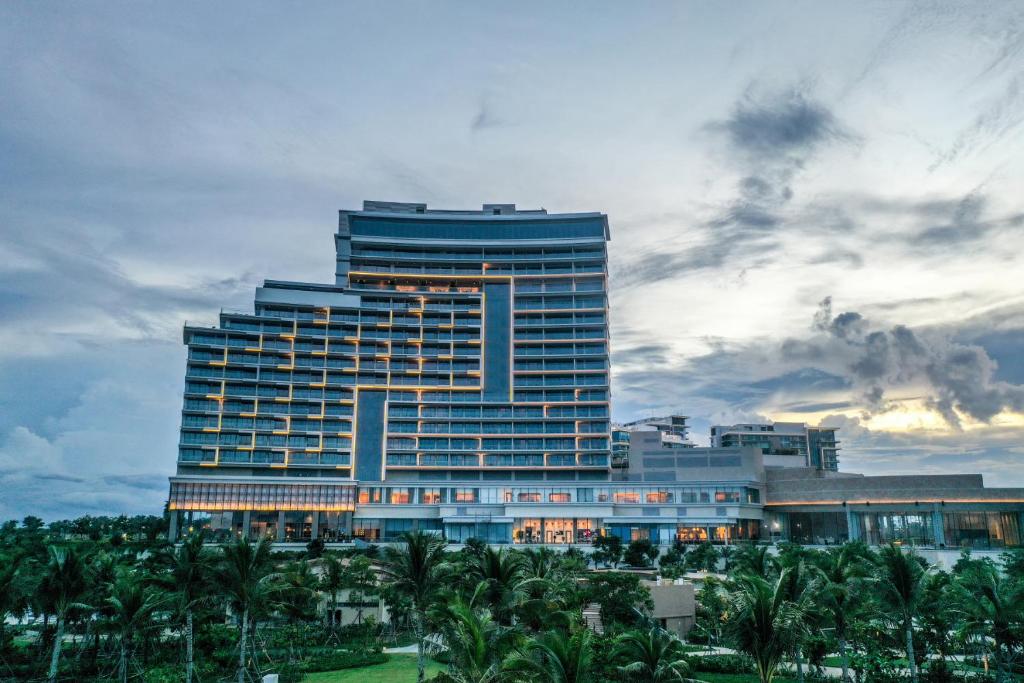
Golfing in Paradise
Golf enthusiasts will be thrilled by the Hoiana Shores Golf Club, an 18-hole championship course designed by Robert Trent Jones Jr. With its coastal links-style layout, the course offers a challenging and scenic golfing experience against the backdrop of the East Sea.
Hoiana Resort & Golf Address: Tay Son Tay Hamlet, Duy Hai Commune, Duy Xuyen District, Quang Nam Province, Vietnam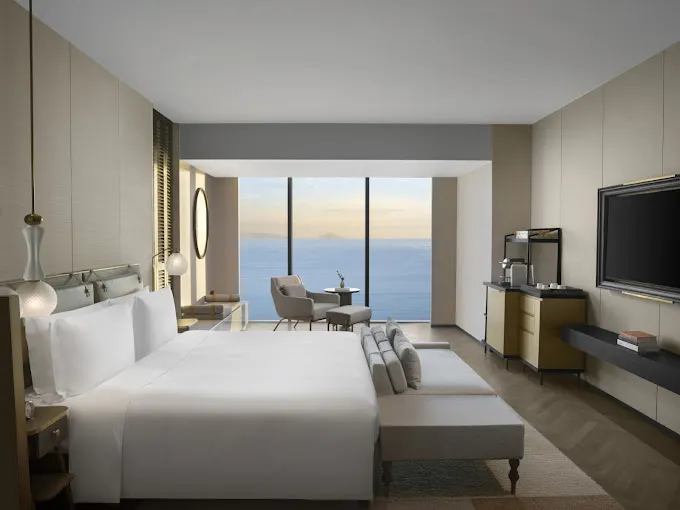
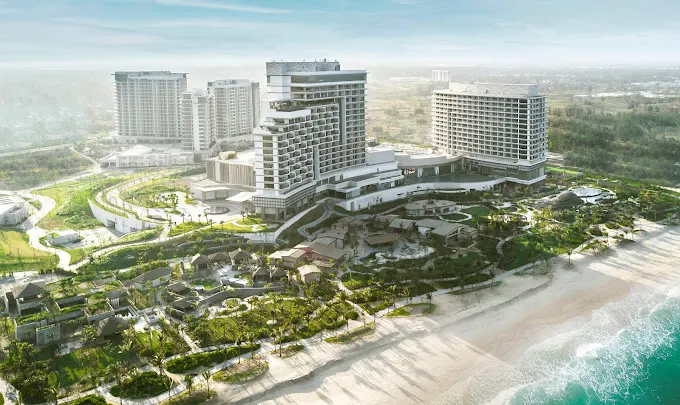

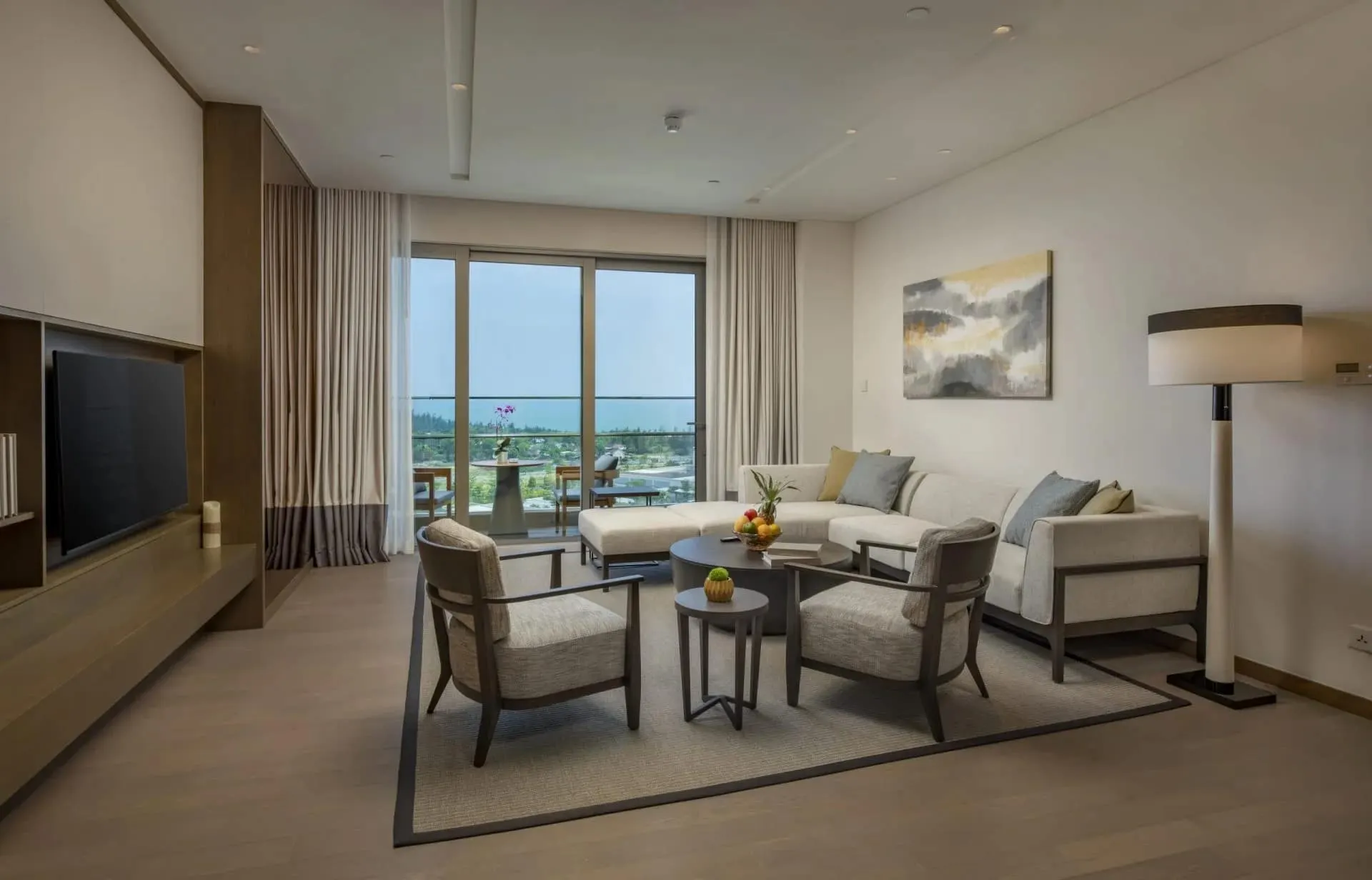
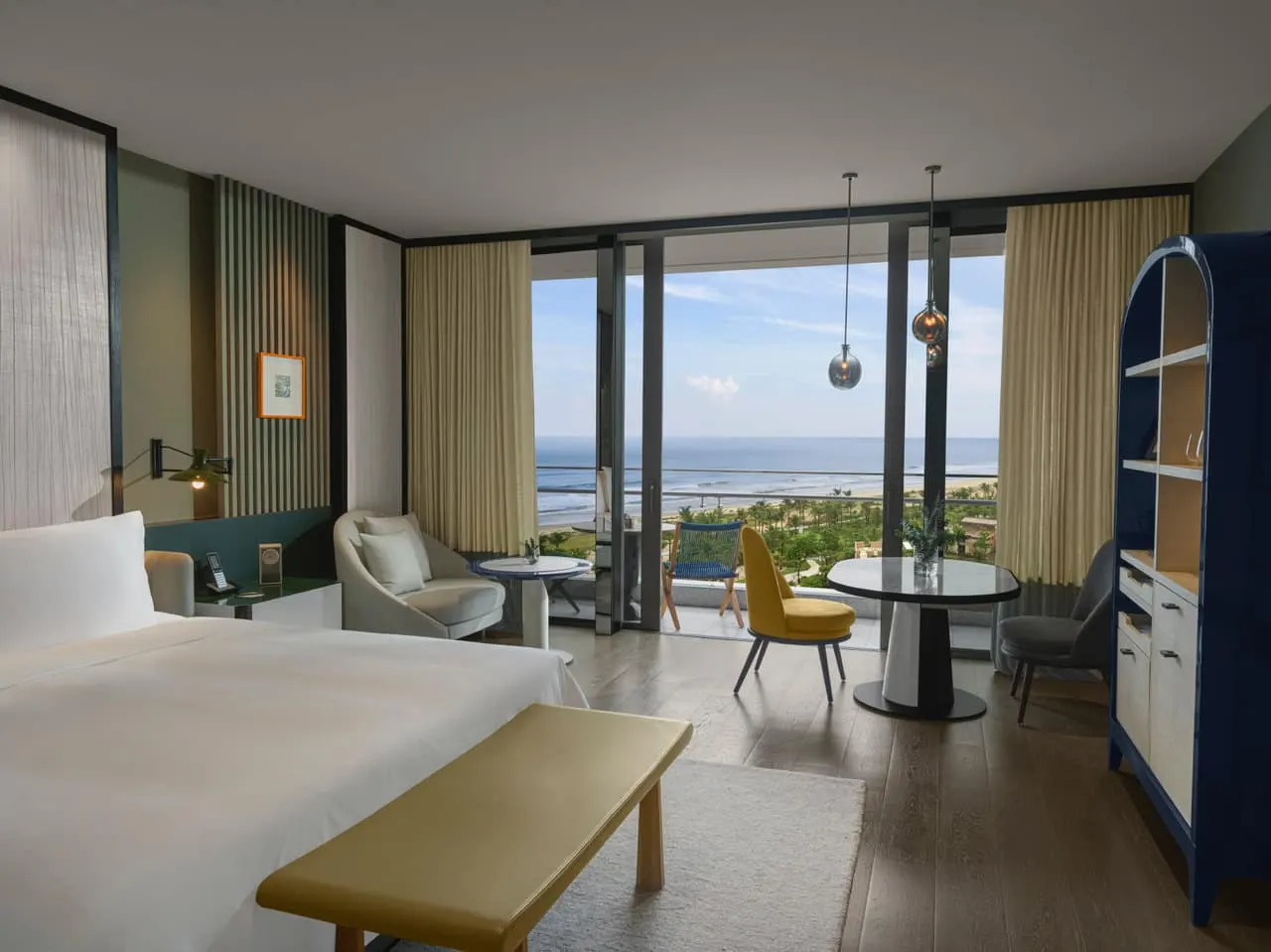
⭐⭐⭐⭐⭐

Immersing in Local Culture
Hoiana’s proximity to Hoi An Ancient Town and My Son Sanctuary allows guests to easily explore these UNESCO World Heritage Sites. The resort also offers unique cultural experiences, such as traditional cooking classes and guided tours, providing deeper insights into Vietnam’s rich heritage.
Conclusion: Your Vietnamese Adventure Awaits
Diverse landscapes and rich cultural heritage offer travelers a wealth of beautiful places in Vietnam to explore. From the otherworldly seascape of Ha Long Bay to the ancient charm of Hoi An, each destination provides unique experiences and unforgettable memories. As you plan your journey through this captivating country, consider making Hoiana Resort & Golf your luxurious base for discovering the wonders of central Vietnam.
As you plan your 2025 adventure, let this guide inspire you to explore the most beautiful places in Vietnam and create memories that will last a lifetime.
Ready to experience the beauty of Vietnam for yourself? Start planning your trip today and discover the magic that awaits in this stunning country.


